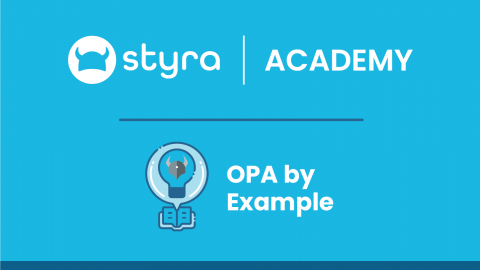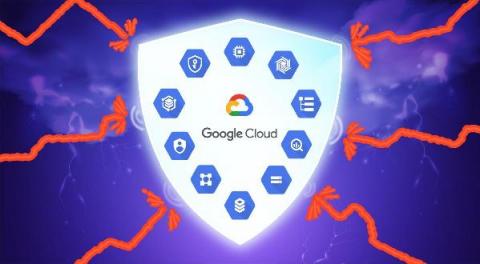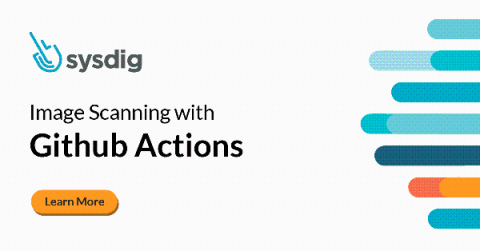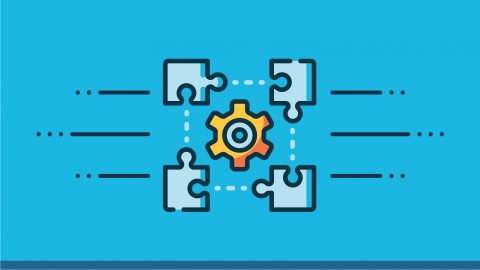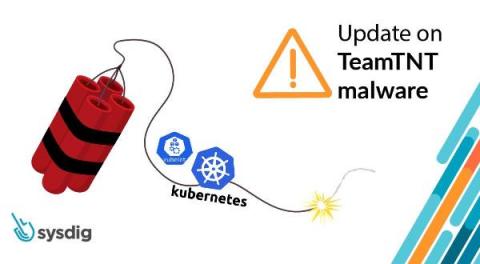Choosing the best Node.js Docker image
Choosing a Node.js Docker image may seem like a small thing, but image sizes and potential vulnerabilities can have dramatic effects on your CI/CD pipeline and security posture. So, how do you choose the best Node.js Docker image? It can be easy to miss the potential risks of using FROM node:latest, or just FROM node(which is an alias for the former). This is even more true if you’re unaware of the overall security risks and sheer file size they introduce to a CI/CD pipeline.




